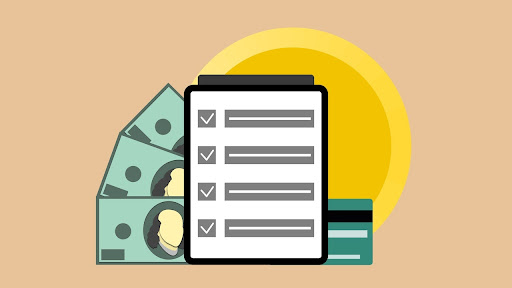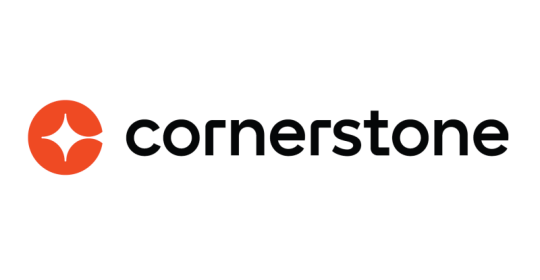However, if you’ve been separating your personal and business expenses, it will be easier for you to create and use pay stubs, which you’ll need to apply for a mortgage, loan, or credit card.
What are Pay Stubs or Income Stubs?
Freelancers can’t show banks or private lenders a traditional proof of income document because they aren’t employees. However, proof of income comes in many forms, but pay stubs are the most common. Pay stubss are also useful for record-keeping for taxes.
It’s important for freelancers to know how to make a check stub, as it provides them with the most accurate way to fill in their tax forms. Unlike bank statements, income stubs show more information about your finances and include local and state tax, deductions, and insurance.
How to Make a Self-Employed Check Stub
Freelancers and independent contractors aren’t obligated to create check stubs until they want to get a loan from the bank. However, depending on the kind of work you do, pay stubs can be receipts, or they can be given to employees if you ever wish to hire and expand your business.
Making a pay stub is simple as long as you know how much income you made and what you’ve deducted. By using a template or a program, create or fill in several columns to make an outline of your gross pay, net pay, and deductions. While you’re at it, use proof to back up your stub.
For example, if you made $3000 in a month as gross income, create a physical or digital file that includes all invoices that add up to that number. For deductions, include receipts. While you don’t have to do this, you’ll thank yourself later if you’re ever audited by the IRS.
Gross Pay
Your gross pay is the total amount you earned in the pay period and won’t include any of your deductions. Your number of gross payments may vary from month to month, but as long as you include all of your invoices, you’ll be able to fill out this column appropriately.
It’s easier to do this manually when you’re self-employed, as the number on your invoices probably changes. If you deduct your taxes on your invoice, make sure you revert your invoice back to gross pay so you have an accurate value of what you’re starting with.
Deductions
In the United States, your self-employment taxes will be 2.9% for Medicare and 12.4% for Social Security, which translates to 15.3%. If your employment income is above $250,000 for joint marriage filing, $125,000 for separate marriage filing, or $200,000 for single, add an extra 0.9%.
From that tax rate, you can also make several other deductions to your income, for example:
- Home Office Deductions
- Utility Deductions
- Health Insurance Premiums
- Travel Deductions
- Educations Deductions
- Insurance Deductions
- Advertising Deductions
Don’t forget to pay into your retirement plans, like your 401 (k) or SEP-IRA, as the amount you put into these accounts deducts from your total self-employment tax burden.
Net Pay
After you’ve subtracted all of your deductions from your gross pay, you should have an accurate calculation of your net pay. Your net pay is the total amount you’re actually being paid or your “personal income.” If you’re a sole proprietor, this is what your own business is paying you.
As a sole proprietor or LLC, you have a choice to keep most of your income wrapped up in your business to avoid paying personal taxes on the total amount, which would reduce net income.






